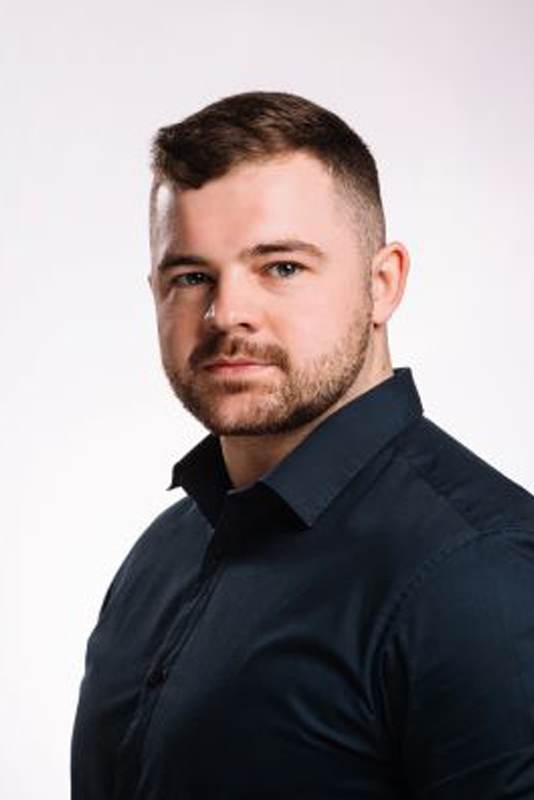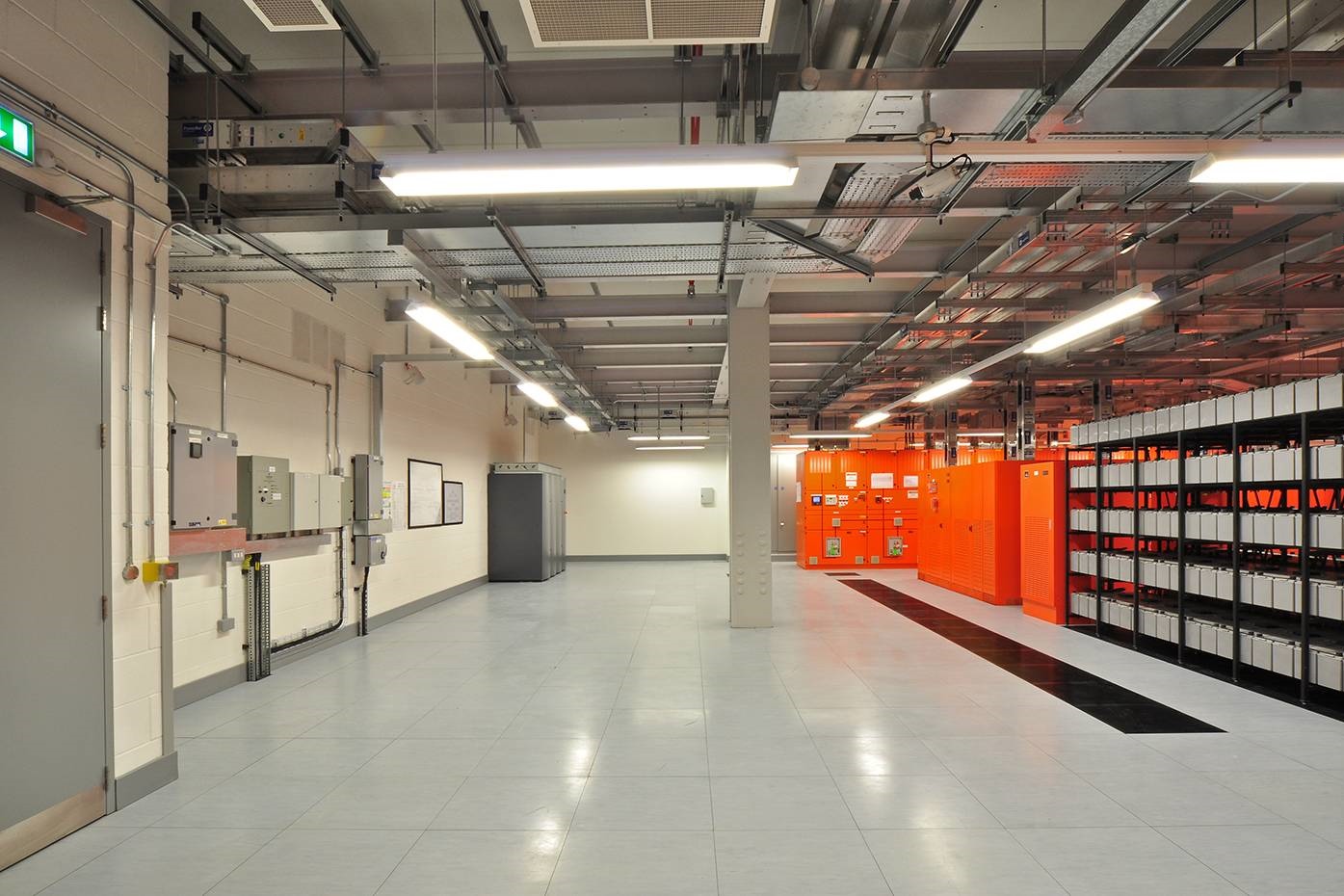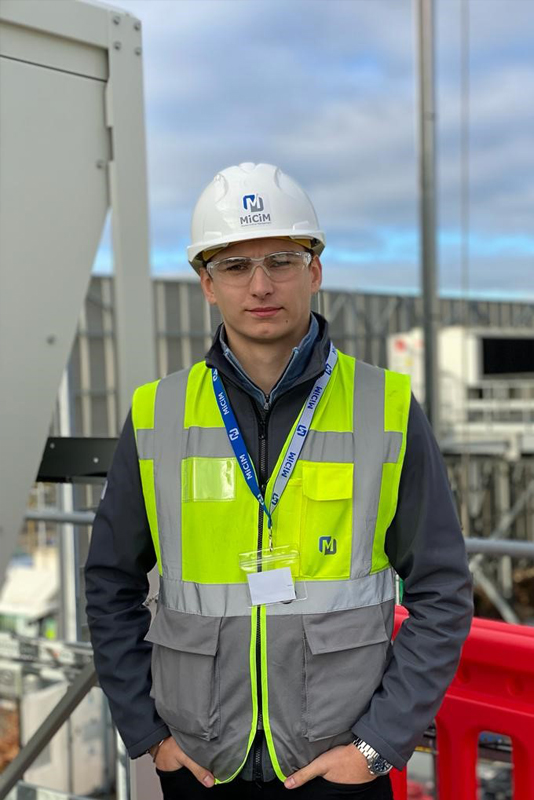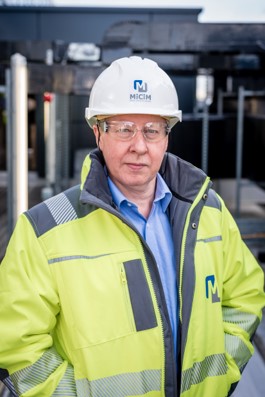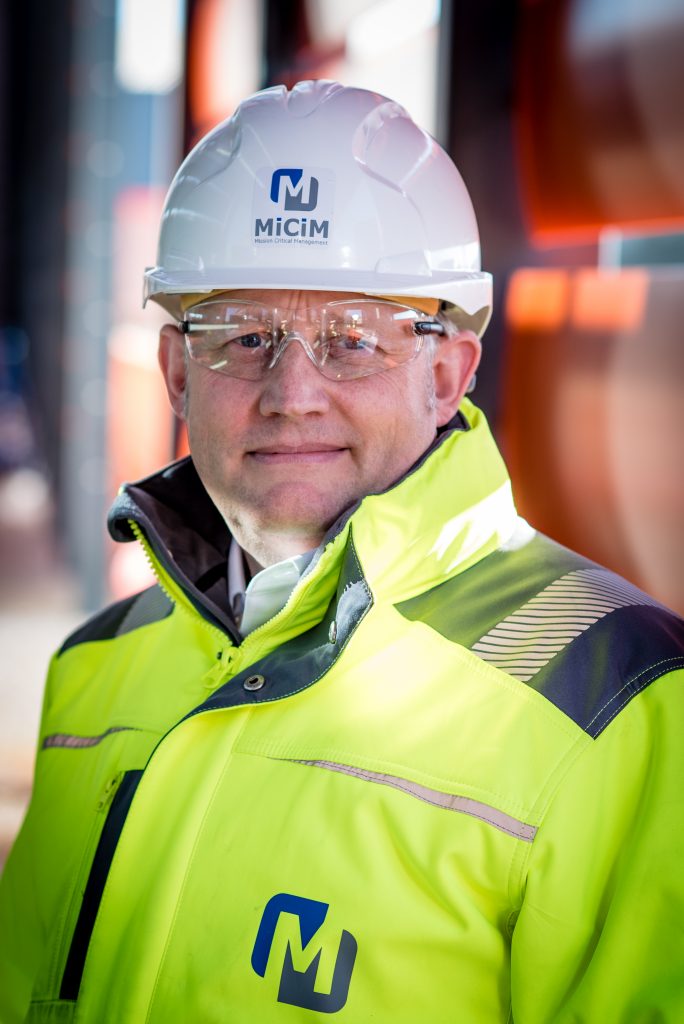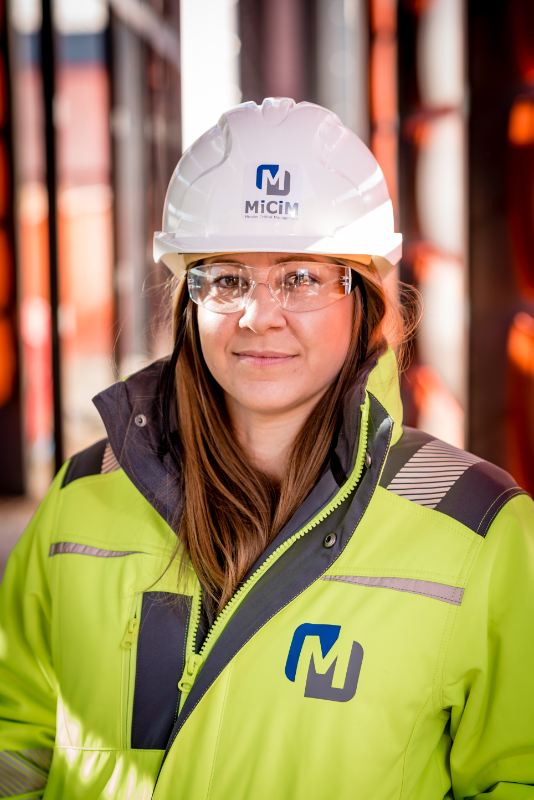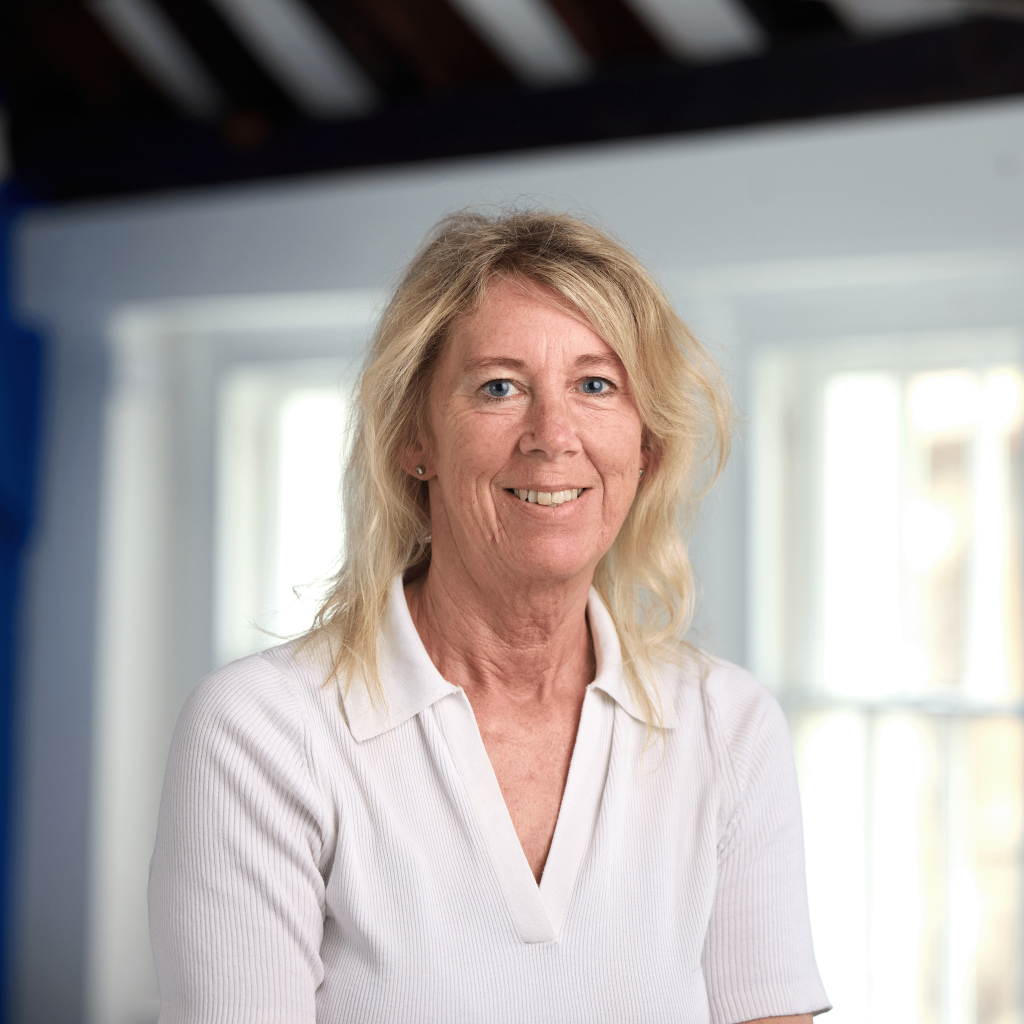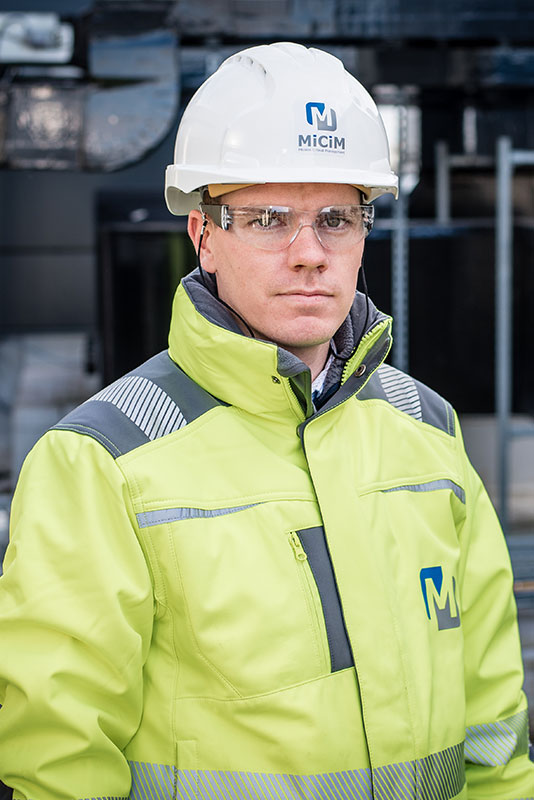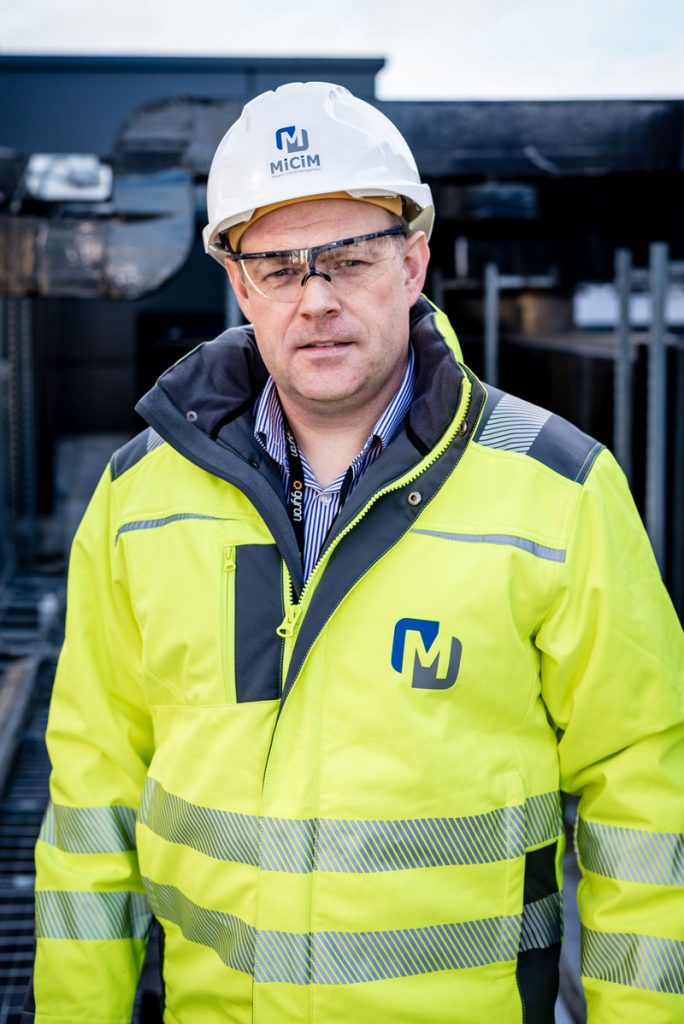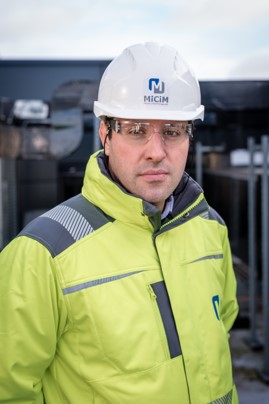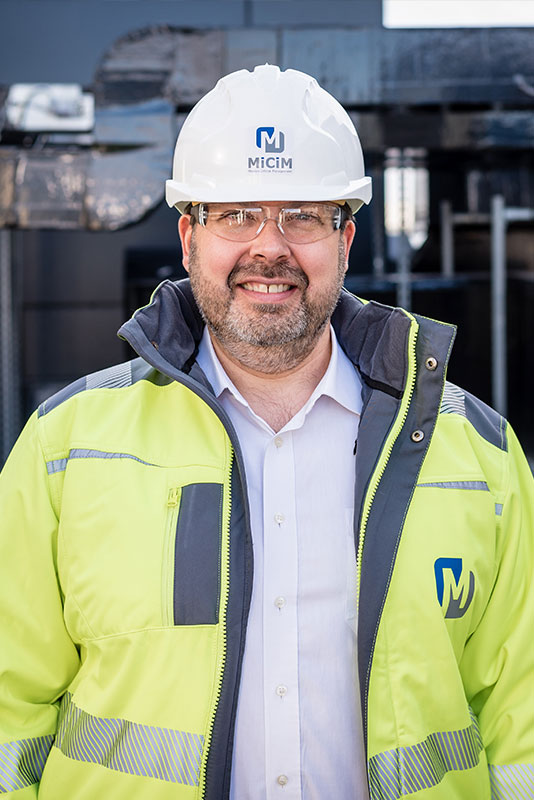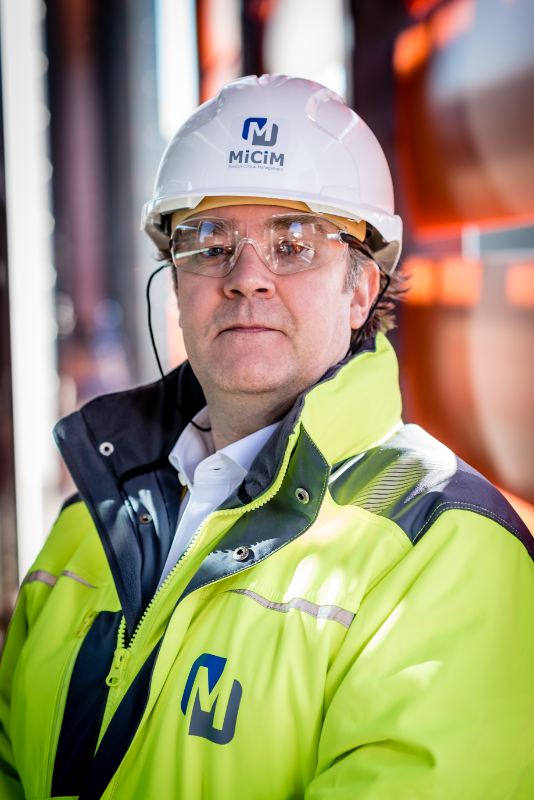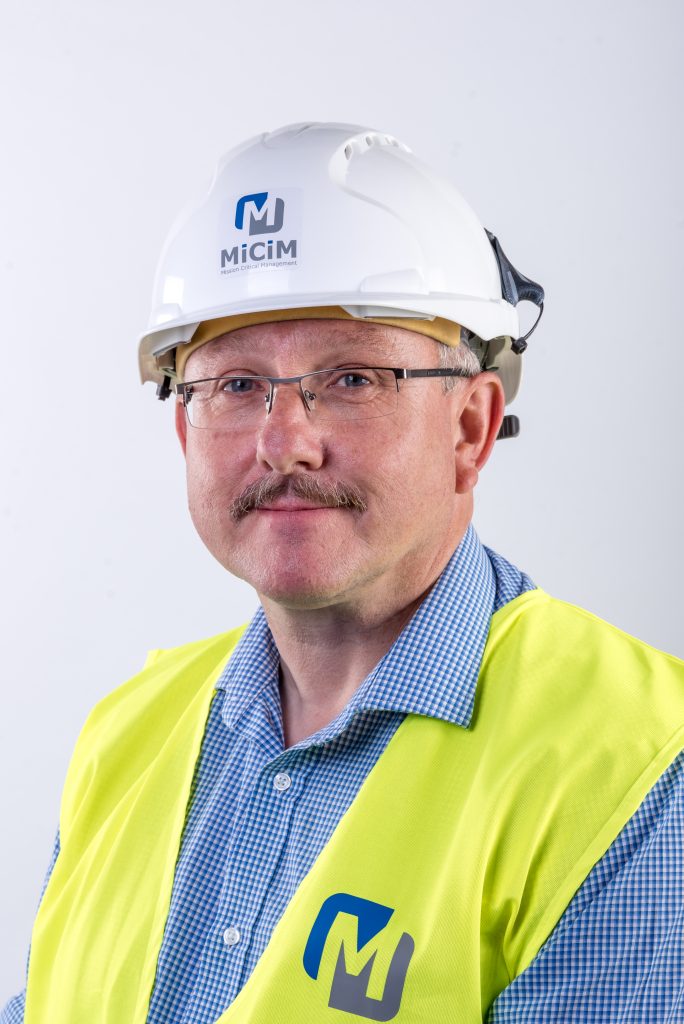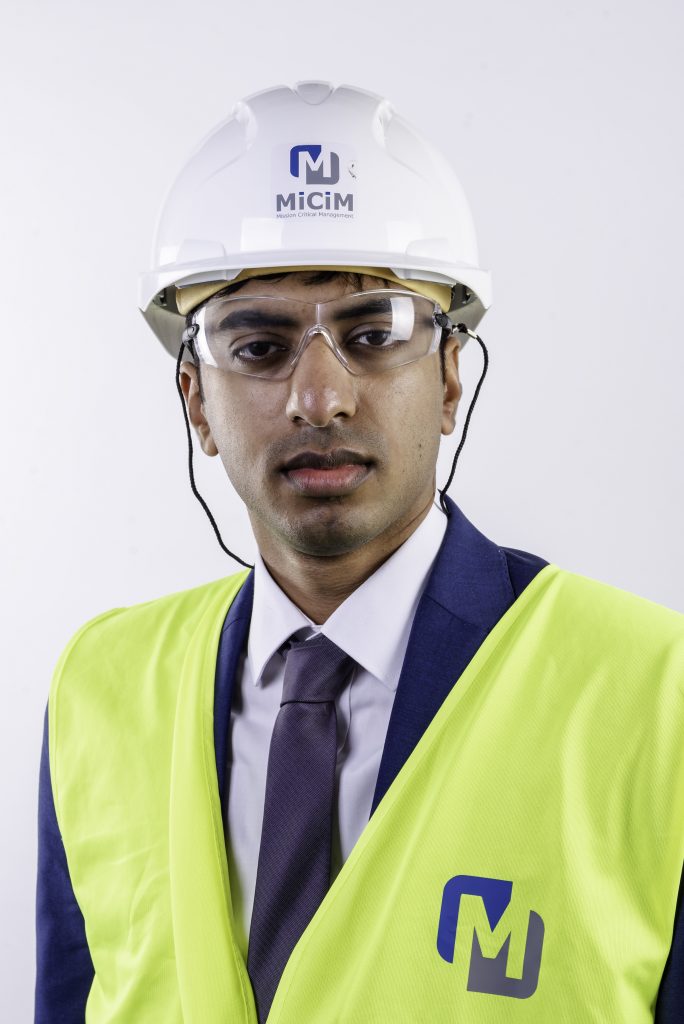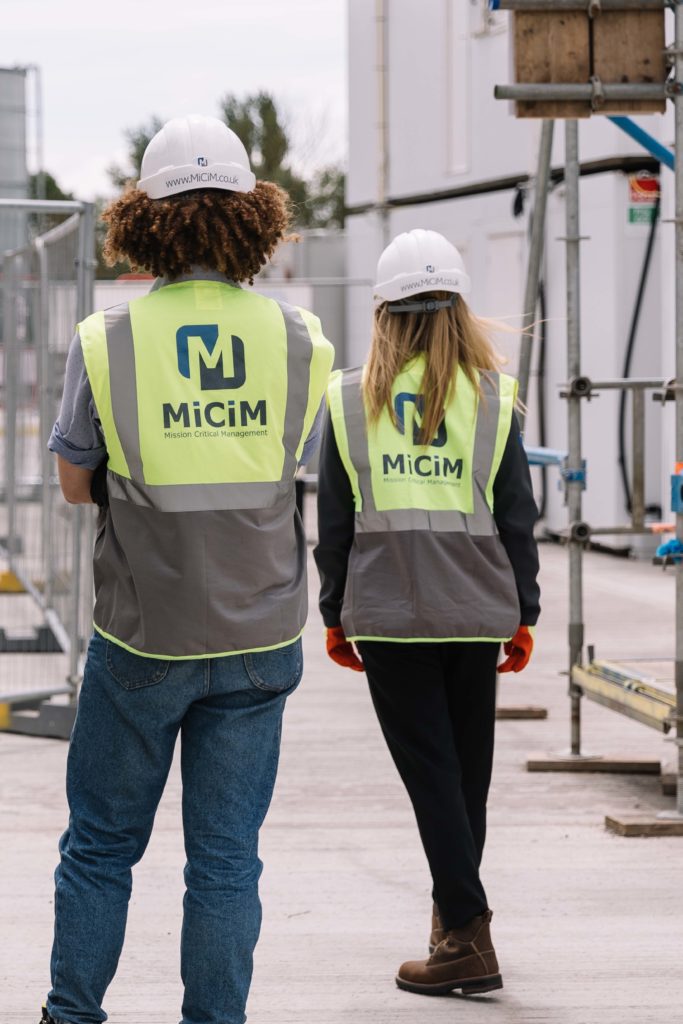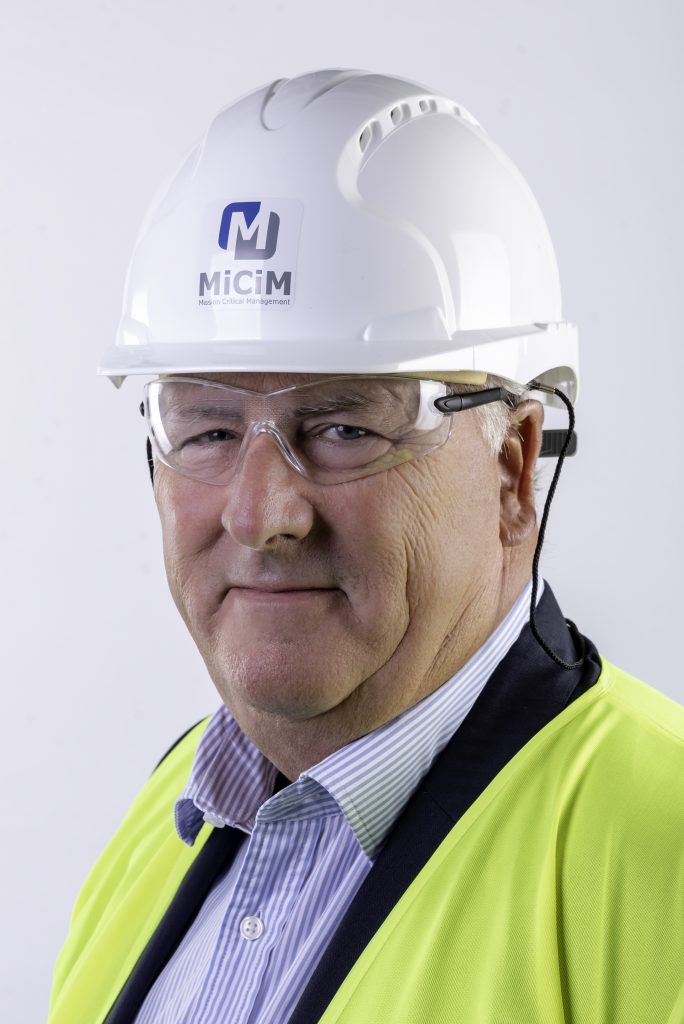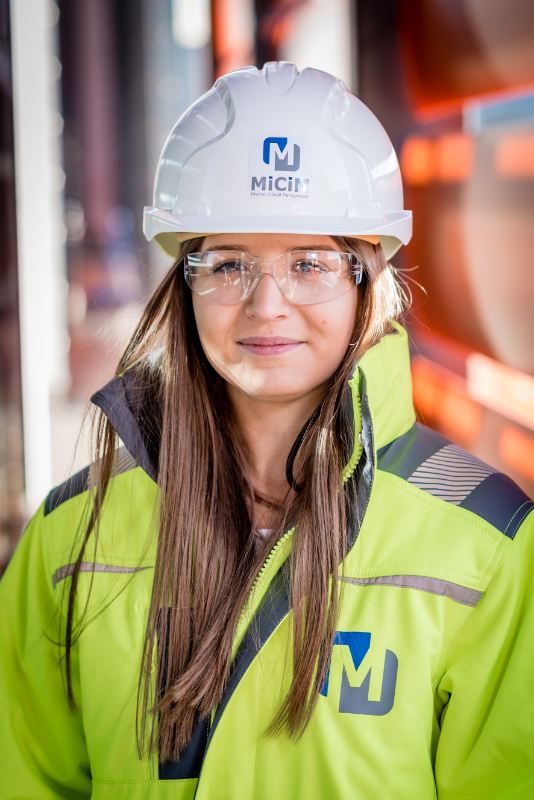
05 Oct Richard Herrington reaches major milestone – 50 years in Construction!
MiCiM’s own Richard Herrington has reached a major milestone in his career, celebrating his 50th yearof working within the construction industry. We asked Richard to reflect on his career so far, and the changes that have occurred over the past 50 years:
For those who don’t know, could you share a bit about your background in the industry, how did you get to where you are today?
“I left school at 18 in 1973 with one A level so university wasn’t an option. I had no idea what I wanted to do, but my father suggested I apply to various companies that ran training schemes. Costain offered me a chance to train as a QS (I had no idea what that was) on a starting salary of £900 p.a., which seemed pretty good, so I took it. Their training programme was very comprehensive and involved spending 6-week blocks at technical college followed by 6 or 8 weeks on site, which gave me a good grounding in both the theory and practical aspects.
The Contracts manager who I worked with was a very old school type who insisted that my time on site was spent working with each of the main building trades to understand what they had to endure each day. They took the p**s out of me unmercifully, but I learned to treat them with respect and that you need a sense of humour to survive in our industry. After completing 4 years training of a 5-year course I sat my final exams a year early and passed which meant I was one of the youngest qualified QS’s in the business.
After 6 years with Costain I moved to Bovis Construction where I learned about fee contracting, management contracting and construction management and worked with some great people on some brilliant projects. I stayed with them for 10 years and made some friends who have remained with me for life.
I then responded to an advertisement in Building magazine for a senior surveyor role with Stanhope Interior construction and to my surprise was awarded the role. Stanhope Interior was a start-up fitout company who were owned by Stanhope properties who developed Broadgate in London. The staff at Stanhope were amongst the most talented and passionate that I have worked with, and my career really took off with them.
In 1995 Stanhope properties decided that they would sell off the fitout company so as one of the first 12 people to work with them I was offered the chance to be part of a management buyout. I duly borrowed the money and paid for my shares and 2 days after completing the purchase Barings Bank on whose project I was working collapsed due to Nick Leeson’ s fraudulent dealings. They owed Interior Plc (as we had rebranded) £3m so it could have been the shortest live MBO in history, but luckily ING bank stepped in and bought the project, so we survived. From that point on the company grew and evolved massively and I grew with them.
By 2003 after 13 years with ISG they had become very corporate, and I was feeling a little disenchanted when I was approached by a headhunter to be commercial director of a small retail fitout business called PEL based in Birmingham. I spent 3 years working with them and trying to help reshape the business and introduce processes, but they were family run and it was difficult to make the changes they needed to. I left them to Move to Mace in 2006 and about 6 months later they went into administration.
I joined Mace to set up Mace Plus Interiors in 2006 to work on major London fitout projects working with Steve Root and Phil Coutts (who some of you will know). We tendered for several commercial office projects but were unsuccessful for the first few months until we got an opportunity to bid for a CM role on Merrill Lynch data centre in Camberley which we won. Phil and I based ourselves on site and brought in a team to help run it (including Chris Jarman and Jeff Hunter) and thus I learned about data centres. The business unit was then rebranded as Mace Technology with a focus on data centres with Phil as MD and me as commercial director. Phil moved on to do international projects and Alex Sharp (who many will also know) took over as MD. By April 2016 the UK data centre market was quiet and we had endured some difficult UK projects. Mace was also more focused on the European hyperscale market, so it was time to step down.
I really enjoyed my 3 months of ‘retirement’ until Marc, Dan and Chris came calling and asked if I would like to help them set up and run a UK based DC fitout company. Thus, from July until November I was the only (unpaid) employee meeting with previous clients and consultants to tell them what our plans were. When the other 3 left Mace in November we started to set things up, we won our first external client (Gyron) in January 2017 and the rest as they say is history.”
Over the course of your career, what would you say has been the biggest challenge, and your greatest achievement?
“There have been numerous challenges during my time including Barings bankruptcy mentioned previously, Lehman Brothers bankruptcy whilst we were building their Slough data centre (which Marc was also involved in), difficult projects for Credit Suisse at Canary Wharf, potential court cases with clients and contractors. Perhaps the biggest challenge for me has been adapting to new technologies and processes which have evolved to such a large extent over time.
When I started my first major project for the Wellcome Trust in Dartford we had a fax machine and an electronic desk calculator, both of which were new technology and reserved only for the use of the senior surveyor. My time was spent out on site with a dim book and measuring rod and accounts and payment applications were prepared by hand using carbon paper for copies. Drawings were sent by post and sent out to ‘dyeline’ printers and distributed under letters or handwritten instructions to subcontractors.
I don’t really consider that I have a personal greatest achievement, but without a doubt working with a team of like-minded, professional, passionate individuals to create and build MiCiM to where it is today gives me the greatest sense of pride and achievement. I only wish that I had been able to take such a step 10 or 15 years earlier.”
If you could give advice to someone looking to embark on a similar career path, what would it be?
“This is a great industry which can be very challenging at times but can also be a lot of fun. It is also very rewarding and the sense of pride and achievement from completing a challenging project successfully is immense. When I look around London at some of the projects that I have been involved with it still evokes fond memories.
It is really all about people and relationships, so take the time to get to know what makes other people tick and foster relationships and make friends at all levels by talking to everyone from the site operatives and security guard all the way up to the business leaders.
Spend time out on site to see what is happening and to learn how things really get built – you cannot just learn construction from a book, emails or on a computer.
Never be afraid to ask questions – you will find that you are not the only one who doesn’t fully understand some of the jargon that our industry uses.
If you aspire to be a leader, then make sure that you learn the basics first. Always ensure that you are there for your team, setting good examples of behaviours and work ethic, supporting them, and giving praise and credit when it is due. The best leaders are not necessarily the best at their job, but they know how to get the best out of their teams.”
What’s the biggest change you have seen in the industry in the past 50 years?
“I think there have been two major changes which have impacted and improved the industry.
Firstly, the emphasis and importance which is now placed on health and safety and environment matters has been a step change from when I started, where the well-being of the workforce really wasn’t even considered.
Secondly the influx of highly skilled women into what was traditionally a male dominated dinosaur industry has really changed perceptions and I really hope it will continue to do so. Most of the women I have been fortunate enough to work with have shown up their male colleagues in both their dedication and professionalism.
Unfortunately, there has also been one change which has damaged the industry and that is the loss of so many skilled trades people. The industry has not been perceived as attractive to school leavers and the trend towards everyone aspiring to go to university has meant a whole generation of trade apprentices has been lost.”
Do you have any expectations or predictions for construction in the next 50 years to come?
“I guess the only thing that can be expected is that there will continue to be massive change due to the continuous march of technology.
The trend towards more prefabrication, off-site manufacturing and skilled trades being replaced by A.I and robots won’t stop, but all of those will demand more capacity from data centres which can only be good news for MiCiM.”


